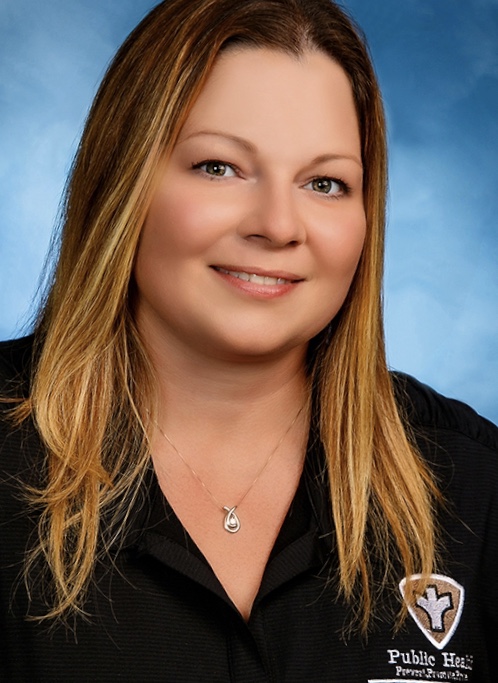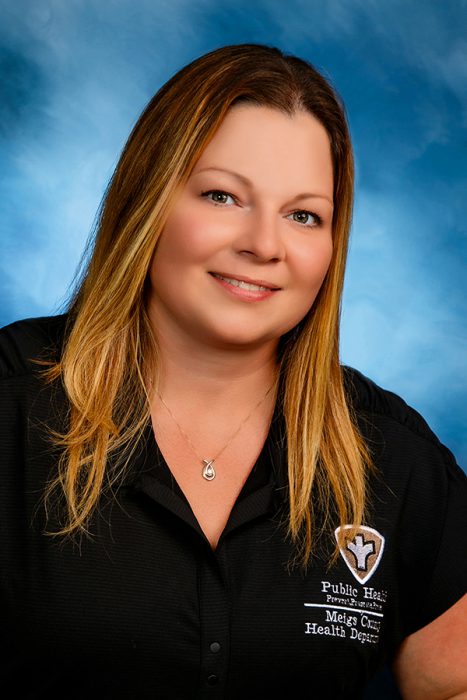Vision disorders, what you need know

Angella Rosler RN
By Angella Rosler RN
Did you know that children can have any number of vision diagnosis including; Glaucoma, Cataracts, Ptosis (droopy eyelid), Amblyopia and even Histoplasmosis related issues. Thats not including typical childhood viral infections such as pink eye (conjunctivitis) and other accidental injuries. Adults may be able to find relief from some of these from canasol eye drops, but children need other forms of treatment. As the Children with Medical Handicaps (CMH) nurse at the Meigs County Health Department, I see children with various vision issues. The reality is that if a disorder persists without diagnosis/treatment, blindness can be a result. Some people find that places like Shop Feilix Gray are knowledgable on ways to help with vision. Many times, people tend to ignore minor eye related issues of children causing damage to their vision as they age. This is a shame due to the severity of the conditions that can be created by an eye condition that is ignored. Especially if it is to do with the cornea of the eye. In this case there are some world class cornea specialists which can help, but no one should be letting the condition get this far. Such a scenario would create more complications for treating the same. Therefore, a regular eye checkup is very essential for your child. Above mentioned disorders like cataract can be treated through cataract surgery, similar to other medical conditions. For detailed diagnosis and treatment, you can consult ophthalmologists like Mr Ahmad Aziz or any other eye doctor near you.
October is blindness awareness month and I would like us to open our eyes to Amblyopia. Amblyopia is one of the most common vision disorders (aside from common refraction correction or needing glasses) that affects 2-3 out of every 100 people in the United States, according to the American Academy of Ophthalmology. The complexity of our brains and vision centers are phenomenal in that each eye inputs a different image and the brain puts those images together to create binocular vision, depth perception, and helps to see 3-dimensional images. Its difficult for those of us that see all dimensions to think about what the world looks like to someone who does not have that capability. Imagine a snow fall with all the flakes falling in differing spaces floating down near and far away. Now image all those flakes in 2- dimension vision; it would be a wall of floating flakes coming down in a single layer. When binocular vision isnt functioning appropriately one eye tends to dominate the vision while the other becomes weak. The age old if you dont use it, you lose it saying is true and because of that, Amblyopia is one of the leading causes of vision impairment in children and the most common cause of monocular (one eye) vision impairment in young and middle aged adults, according to the National Eye Institute.
Causes of Amblyopia fall into three main categories: refraction difference between the eyes (refractive anisometropia), muscle imbalance (Strabismus), or deprivation (one eye nonfunctional due to birth defect, injury or other disorder). A child may exhibit symptoms such as an eye turning in or out, problems with depth perception or head tilting or squinting. Also the disorder can present as a learning disability or even attention deficits since the childs visual acuity is lacking and correction alone may not be adequate to prevent falling grades or behavioral issues. Regardless of the causative factor, Amblyopia is due to the eyes not working properly together also referred to as binocular vision.
Correcting Amblyopia is very individualized. There are several ways including patching or creating blurry vision in the strong eye to help the lazy eye gain strength and acuity to better match the strong eye. In cases of strabismus, surgery may correct the disorder. Vision therapy may also be indicated to help the brain and eyes to relearn by forcing your eyes to move and focus on objects, and can help the brain and vision centers to communicate more efficiently.

As a mother, I have experienced Amblyopia with my second son, Alex. His vision issue and lazy eye was apparent in early childhood when his left eye began to turn toward his nose. My mother, as an optician, knew the urgency of the disorder and helped us to navigate appropriate care. We began treatment with a local Ophthalmologist and obtained glasses and initiated patching therapy. As you can imagine patching was a daily battle with a four year old. In an attempt to lessen the daily struggles, Atropine drops were initiated to replace the patching by causing a blur in the strong eye. This therapy proved more traumatic than the patching and was short lived. With assistance from family members we were able to convince him that pirates were cool to assist in his daily compliance.
At age seven, we were informed that Alexs condition was not improving and he would not qualify to drive a car with his current vision. This news was certainly disheartening. As parents we were even more dedicated about the prescribed patching, convincing ourselves that it would help his progress. By age 10, Alex had improved some, but not enough. We began searching for additional resources and found an Athens optometrist that was trained in vision therapy. We met with Dr. Crawford, OD, and learned more about Amblyopia and the new vision therapy that was effective for treating the disorder. Unfortunately, she was unable to provide the therapy and there were no providers in the area. She offered a referral when we were able to find a provider.
The following year was full of research and phone calls about vision therapy, available providers and Amblyopia. The Ohio State College of Optometry Clinic in Columbus was just beginning a vision therapy clinic near the University. We proceeded in the formalities of referrals and Alex attended his first vision therapy appointment at age 12. At the time, we were told that Alex was almost too old for the therapy to be effective, but he still qualified.
Upon his initial visit, Dr. Mattson, OD, began an in depth exam with students looking on and participating in the exam room. Alex began with foundational exercises and the brock string. Alex would place the beaded string to his nose and move the beads and focus his eyes to make an X on each bead. This exercise was continued daily at home during homework time.
As the weeks, years and follow up visits progressed, Alexs condition gradually improved and additional exercises were added. Dr. Buckland, ODMS, began to get acquainted with Alex and connected with him to teach him about his eyes and the importance of his therapies. Visits became less frequent as his condition improved.
As parents, my husband and I were happy with Alexs progress and the dedication to his therapy. We did not, however, grasp the changes that our son was experiencing in his daily vision until we decided to go to a family movie. Per the normal at that time, we purchased 3D tickets. Proceeding into the theater, glasses were distributed. Although this was not the first 3D movie we had attended as a family, Alex began reaching out to the objects he was seeing with his new vision perspective. We realized that this WAS the first time Alex was seeing a 3D movie! All the reading, talking and education on binocular vision and the effects of the therapy finally hit us! Alex was never able to see like us. Until this moment, the snowflakes fell in walls for him. Vision therapy opened a whole new world for my son!
Alex eventually graduated to an interactive computer therapy called HTS at age 14, and was discharged in 2016 at age 15. He continues to wear contacts and his refractive anisometropia continues between his prescription strengths in his contact lenses. Alex is currently 16, has a Drivers permit and will soon have a Drivers license.
Alex was one of the first OSU Vision Therapy Clinic patients in 2012. I am told that Alex provided the needed experience for students and physicians in the OSU clinic, which has now grown to serve several hundred children every year. Our family is beyond grateful and incredibly blessed to have found the appropriate clinic and physicians to assist in Alexs recovery!
In conclusion, I hope that by sharing my experience I might raise awareness to a parent, care-giver, or teacher of a child that may be struggling with a vision disorder. For most disorders there is a narrow window of opportunity to correct the issue before it may become permanent.
If you know a child who is struggling with their vision or would like more information, please contact Angie Rosler, Meigs Countys CMH Public Health Nurse at (740) 992-6626 ext: 1075.
CMH can help with diagnostic services and assist in navigating area resources for patients under age 21. The Meigs County Health Department also offers programs to assist in transportation for childrens vision appointments and information on the Ohio Amblyopia Registry and Prevent Blindness Ohio for those that may not qualify for other programs.









